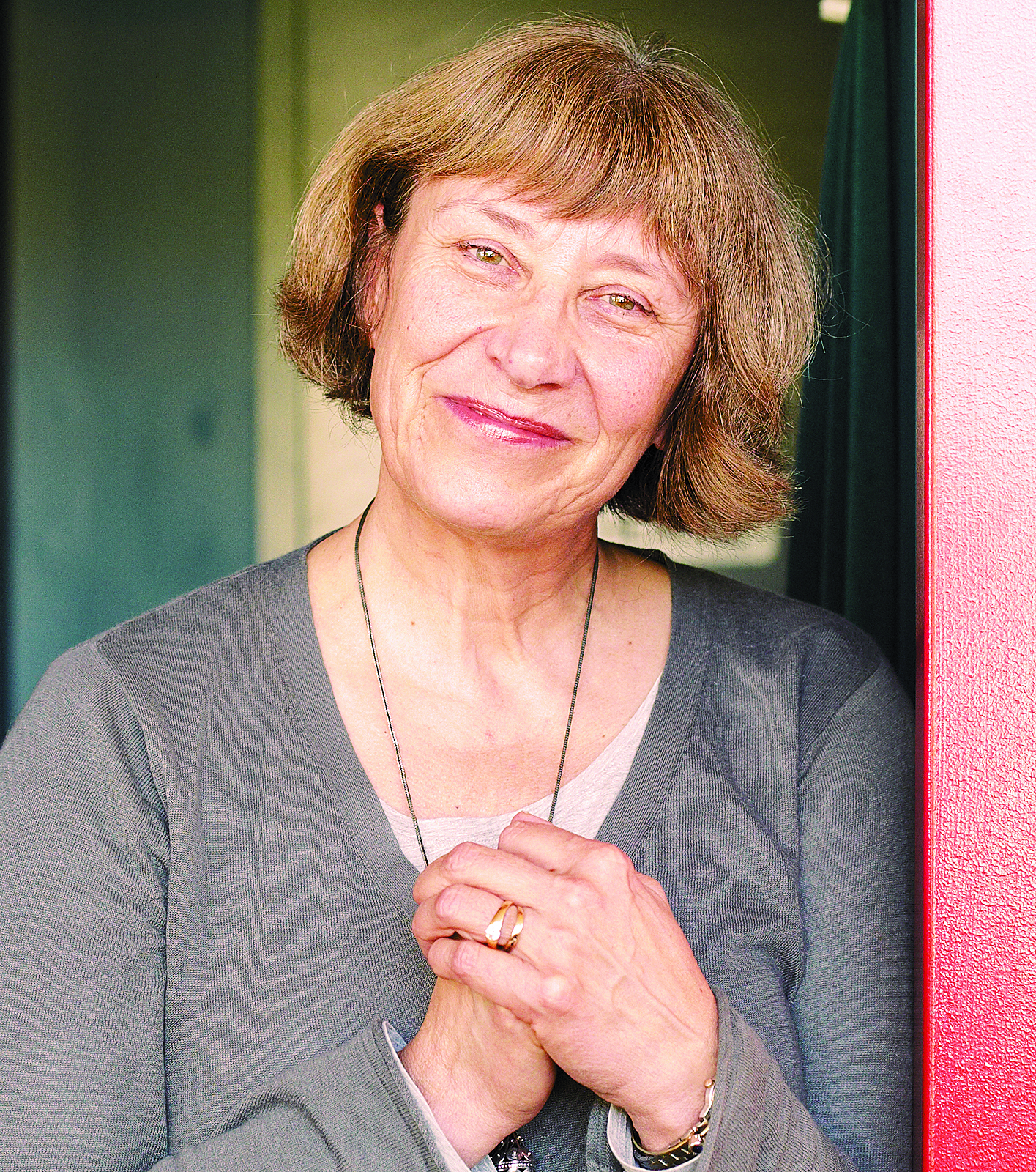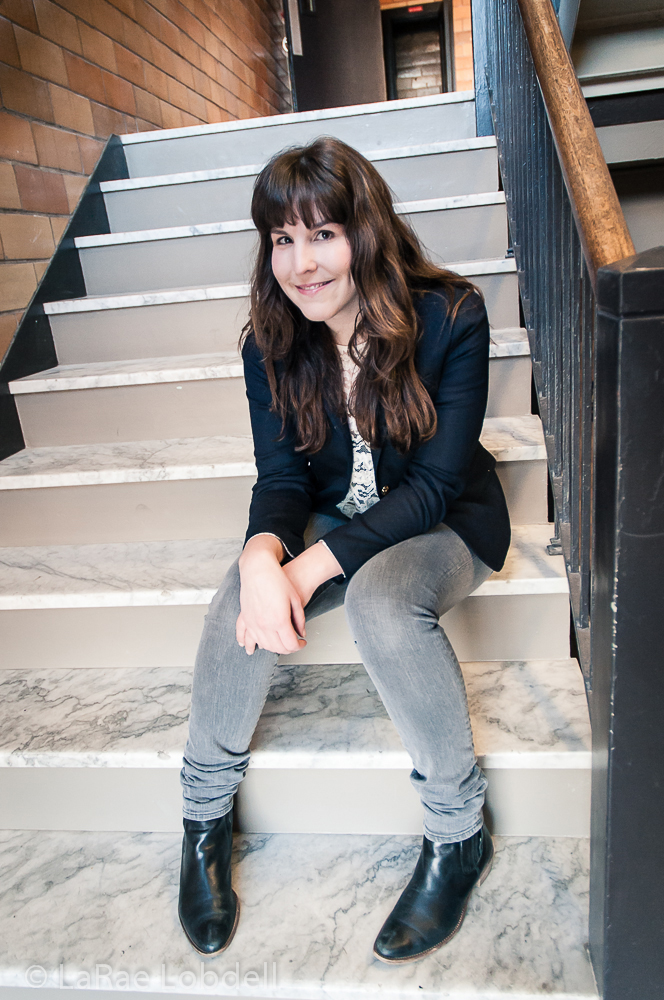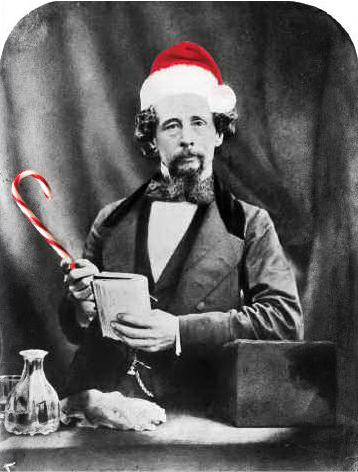Yup, it’s been a good year for the Seattle Fringe Theater Festival. Midway through the festival’s second week several shows sold out, the organizers announced a 24 percent increase in sales, and there was even a visit from Disney talent agents, who’d come in hopes of transforming some bright young things into slaves of the corporate entertainment machine (oops, I meant “stars”). The mostly volunteer staff was cooperative and friendly, the Fringe Rag (which carries reviews of every show) returned after a two-year absence, and a buzz and excitement that had been missing for a while was again palpable in the main box office.
Ninth Seattle Fringe Festival
March 11-21
I’ve also been enjoying myself a lot more, partly because, for the first time in four years of attending, I think I’ve finally figured out that the Fringe Festival is only partially about theater (a fact abundantly clear this year from the number of shows featuring clowning, juggling, dance, acrobatics, and sundry other spectacles). Primarily, it’s a form of civic discourse.
One of the most positive developments to come about this year was the inauguration of an “Artistic Picks” at the festival, in which a panel of 25 theater professionals see shows and vote on which three should get an encore performance at ACT. These productions deserve a look from the people who make their living from their art, and the Fringe artists deserve the chance to have some larger recognition.
But at the same time, I’m glad that the festival remains unjuried. Writing, producing, and performing in a fringe theater production is not just an act of vanity; it’s the ultimate commitment to theater as an art form. In our celebrity-driven world, we can forget that the means of artistic production do indeed lie in the hands of the masses. Just as garage bands and grunge were proof that anyone can be a rock musician (though not everyone can get a record contract), the festival is proof that anyone can take part in the theater—not just as a spectator but as a creator. This isn’t a license for willful self-indulgence, or an argument against training and professionalism. But it is an invitation to consider theater not as a primarily elitist entertainment, where being a “theatergoer” carries almost as much cultural baggage as being a “theater artiste.”
With that preamble, here are some mini-reviews of additional shows.
All Work, All Play
Maggie Laird
Maggie Laird’s one-woman show takes on a topic that’s familiar to any struggling artist: the horror of an approaching deadline. Although she makes the disingenuous comment that the material isn’t autobiographical, Laird is clearly acting from experience in showing a woman who’ll do almost anything rather than work on putting a music backdrop behind a Zen cooking video. It’s a funny (though fundamentally undramatic) idea, and Laird brings a great voice and a lot of creativity to it, but it’s an only fitfully successful result, and a narrative thread involving a visit from a spirit guide confuses rather than illuminates.
Dark Soul, Bright Mood
L’Histoire D’un Jour
Foo
Volatile Substance
Two different shows that use clowning as their foundations demonstrate both the perils and pleasures of putting on a silly nose. Jennifer Cohen and Claire Grandmougin turn a traditional comic double-act into a triangle when boss clown Anemia decides to replace her assistant with a stuffed animal. While the jealousy and violence that result are moderately funny, the pair remains stuck in shtickland. By contrast, Wally Bivins uses clown techniques to look at a particular dramatic moment, where a young boy inspired by kites makes his own attempt at take-off. How exactly this relates to God and the Devil (who both make appearances) isn’t clear, but there’s never any question that Bivins, complete with noses and silly hats, is on a preplanned journey, and having to trust him as our guide is a particular joy.
The Baby Dance
Take Off Your Mask Theater
A strong cast and Robert Anderson’s clear and snappy pacing are an ideal complement to Jane Anderson’s provocative play about a upper-middle-class couple involved in negotiations to buy the baby of a trailer-park mom. Anderson deftly skewers our own preconceptions of all the characters concerned without ever destroying our empathy, and given the loaded nature of the material, this is a surprisingly subtle and moving show.
Courtesy Call
Stickfigure Productions
Andrew MacLean’s comedy/drama about a man’s struggle to escape the assault of a pushy telemarketer features a bravura performance by Ted Dowling and the insidiously seductive voice of Garland Sprick on the other end of the line. For the first 15 minutes, the piece inhabits the familiar territory of sketch comedy, but then it takes an enjoyable detour into the surreal and disturbing. Then, just when you’re getting comfortable with this new Twilight Zoneish direction, things get really interesting via some sharp and intelligent social criticism. A funny and sophisticated show that deserves a revival.
Kinesis
Lela Performance Group
The latest piece from sculptor/musician/ dancer/acrobat duo Ela Lamblin and Leah Mann is titled Orbacles, and features a collection of sculpted metal hoops (which the pair swing from, jump through, dance with, and shake), two metal shells (which are worn mollusk-like and played both internally and externally), and Lamblin’s trademark Stamenphone, a beautiful sculpture that resembles a fountain of metal and acts as a combination drum and string instrument. This time around both the Stamenphone and the performers take to the air via some aerial cords, and the resulting combination of dance, music, and delicate imagery is a pure synaesthetic delight.







